When Luisa Izzi’s eldest son starts secondary school her intention is that he will have a so-called ‘dumbphone’ rather a smartphone in his bag.
Melati Cox’s daughter will get a brightly-coloured Nokia ‘brick’ phone as she moves up from primary school this summer.
Luisa and Melati are among a significant number of St Andrews parents concerned about the impact of smartphones and social media on their children.
So much so that the parent council of one of the town’s schools – Lawhead Primary – has taken action.
A survey it conducted found 87% of respondents were concerned about their children being exposed to inappropriate material.
Results were sent to local politicians, Scotland’s Education Secretary Jenny Gilruth and the town’s secondary school, Madras College.
The alternatives to smartphones for kids
An event for parents next week will inform them of the pros, cons and alternatives to smartphones for kids.
According to the Smartphone Free Childhood movement smartphones expose children to harmful content, grooming, addictive apps, cyber bullying, mental health problems and academic distraction.
While Australia plans to tackle these issues by banning social media for under-16s Luisa and Melati reckon delaying smartphone ownership may be a more effective and realistic solution.
Luisa’s sons, aged 11 and 8, attend Greyfriars Primary School but she has followed closely the Lawhead parents’ work.
She says: “It seems there’s this watershed moment when children go to secondary school and they all get a smartphone. That opens the floodgates to accessing social media.
“We shouldn’t necessarily give in just because all the other parents are doing it.”
There’s a few months to go, but her “hope” she says, is that her son will go to secondary school with a phone without social media access.
“He will be going on the bus, will go and hang out with his friends and we want him to be able to do all those things and for us to be able to contact him and him contact us.
“But they don’t need a smartphone to do that.”
What are ‘dumbphones’?
Dumbphones, brick phones, feature phones, whatever you call them, do the basics; ie. make calls and texts. Nokia produces some of the most popular versions.
Many have limited features such as games, an FM radio, camera, torch and calculator. Some even have a few apps, such as banking, WhatsApp, Google Maps and Spotify.
Luisa worries about children seeing inappropriate material, whether intentionally or not on smartphones.
“It’s a twofold concern. One that they access material that they are too young to access and two that it’s something that the brain is unprepared to deal with.
“There’s medical evidence starting to come out on the impact, that the use of some of these apps, not even just age-restricted ones, becomes quite addictive.
“We are so careful when children are small as to what programmes they watch on TV. Then all of a sudden the fencing comes off and they seem to be judged ready to be exposed to all sorts of things.”
A brand new Nokia ‘brick’ for Melati’s daughter
Social media, she says, “has no place in schools”.
But she’s unsure a ban for under-16s is the solution.
“I would like for social media companies to be more honest about the damage they do to children.
“A ban is so drastic and creates resentment. It’s also maybe too ambitious.”
Mum-of-two Melati Cox will buy her 11-year-old daughter a brand new, brightly-coloured “Nokia brick” for starting secondary school in the summer.
‘We’re not in the 1980s anymore’
“They make them better than ever,” she says. “Snake is back and it’s in colour!
“She’s very pleased with that and a bunch of her friends are going to get the same thing.
“It means she can call in an emergency, she can text her friends to say ‘hey let’s go get ice-cream’.
“It’s a tool for her to facilitate social contact but there’s no internet, no social media.
“It minimises the risks but recognises the reality that we’d like our kids to be in touch; we’re not in the 1980s anymore.”
Melati is a member of Lawhead Primary School parent council.
She says: “A lot of people feel a lot of social pressure to give their children a smartphone at a younger age than they would probably prefer.
“A smartphone does not need to be the default choice for high school.
“It’s a lot easier to give a 12-year-old a brick phone and a year later give them a smartphone if you find they need one than to give an 11-year-old a smartphone then have to take it away.”
“The difficulty with giving smartphones to children too young is it becomes very difficult to control what they are able to see.
“Children and particularly those in secondary schools will be in large group chats or groups on Snapchat.
Dumbphones popular at independent schools
“Sometimes they will be inadvertently exposed to material they really don’t want and they haven’t sought.
“That’s only one concern.
“Parents in our consultation were really concerned about bullying on social media and smartphones.”
Dumbphones, she says, are increasingly popular among parents of children at independent schools.
“I would really like to see children at state schools benefit from this trend as well.
“It’s an equity issue. If children who go to the leading schools like Eton are given the benefit of no distractions, no social media, face-to-face conversation, state school children will be left behind.”
As a wellbeing coach for children, teenagers and parents, fellow St Andrews mum-of-two Hollie Lawson sees the impact of unhealthy reliance on smartphones.
She says: “With the teens, social media and phones are always in the mix of our conversations.
“It’s that constant distraction in their mind space.
“‘I wonder if I’ve got a message’ or ‘I wonder what’s on whichever social media platform it may be’.
General chitchat at breaktimes lost
“There’s this fear that if they don’t check they are going to miss something or they might not be invited to something.
“Also, if they don’t get back to people straight way there’s this fear they might offend someone.
“There are these boundaries which are becoming really unhealthy and that puts a huge amount of pressure on confidence, self belief, identity.”
Life skills and social skills are impacted, she says.
‘Education need around smartphones for kids’
“Everyone is on their phone so there’s not that general chitchat conversation at breaktimes like when we were at school.”
But she’s not convinced by the idea of banning social media for young people or eschewing smartphones completely.
“From reading about other schools who have taken away phones at the start of the day and given them back at the end that seems to work really well.
“There’s also a need for education around the use of a smartphone.
“If you take the phone away there’s not that opportunity to learn.”
Smartphones and Kids: Pros, Cons and Alternatives will be held by Lawhead Parent Council at Lawhead Primary School, St Andrews, on Monday January 20 from 6pm to 7pm. The event is open to all.
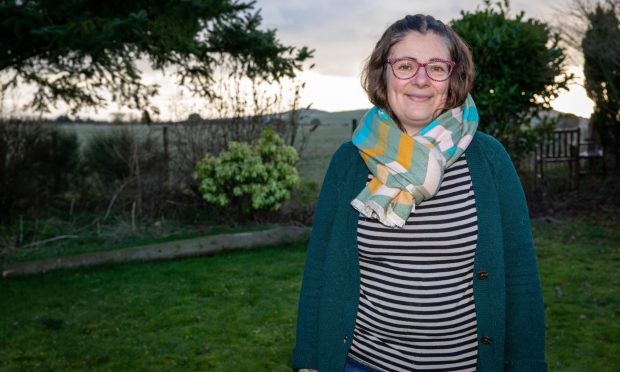
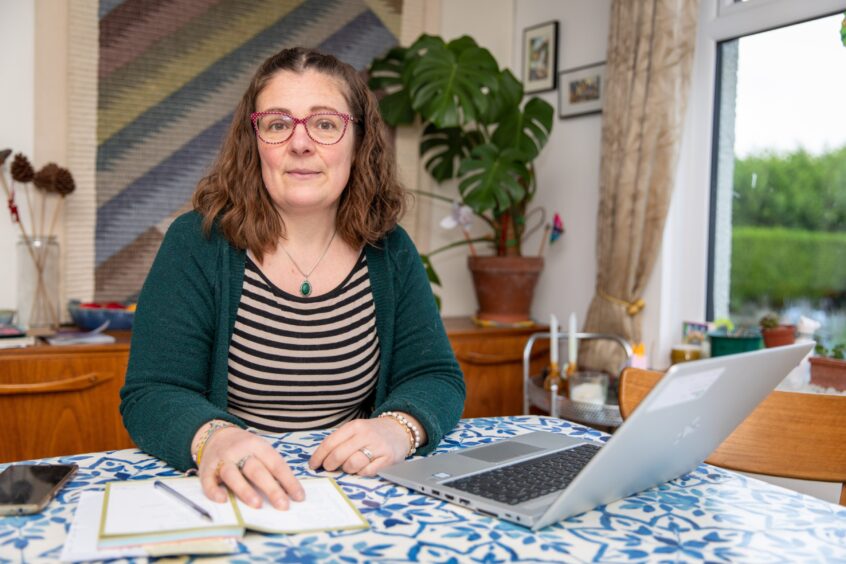
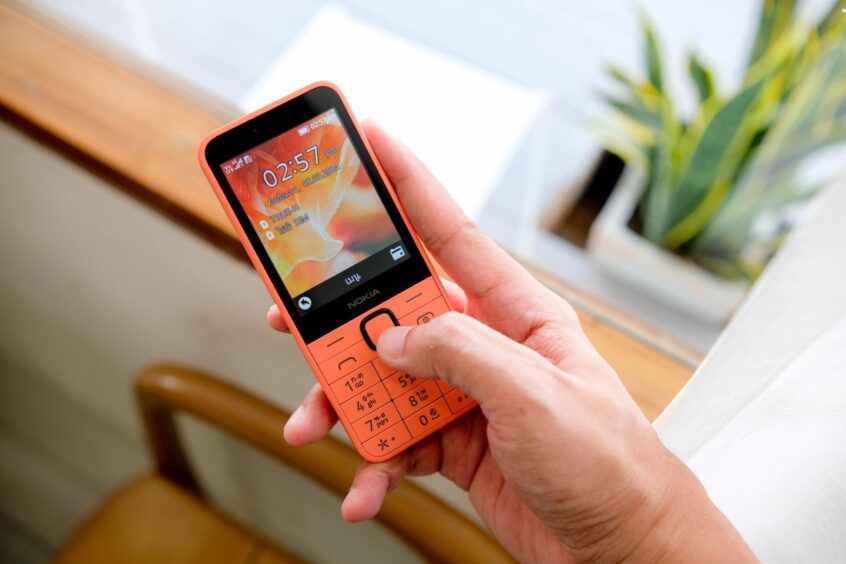

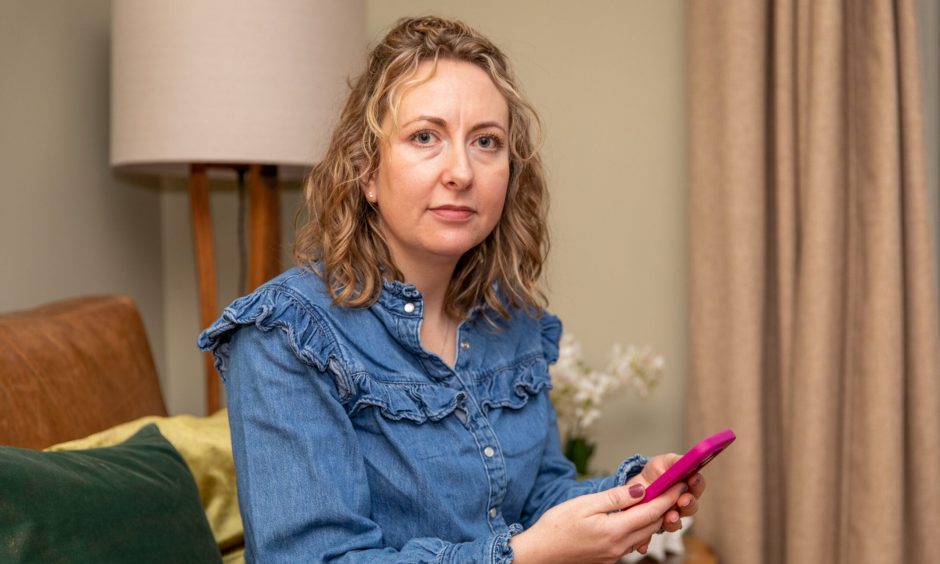
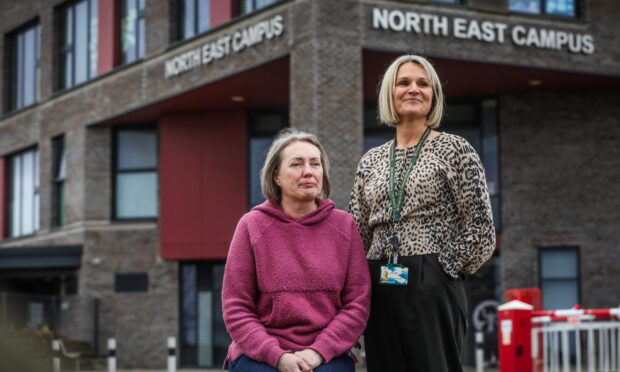

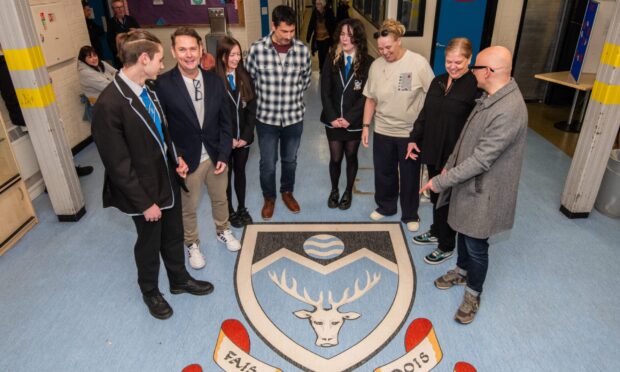


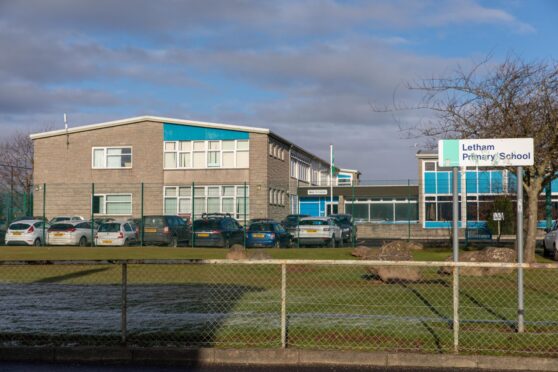


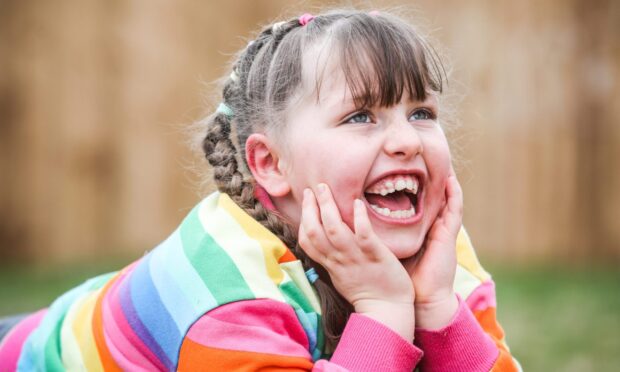

Conversation